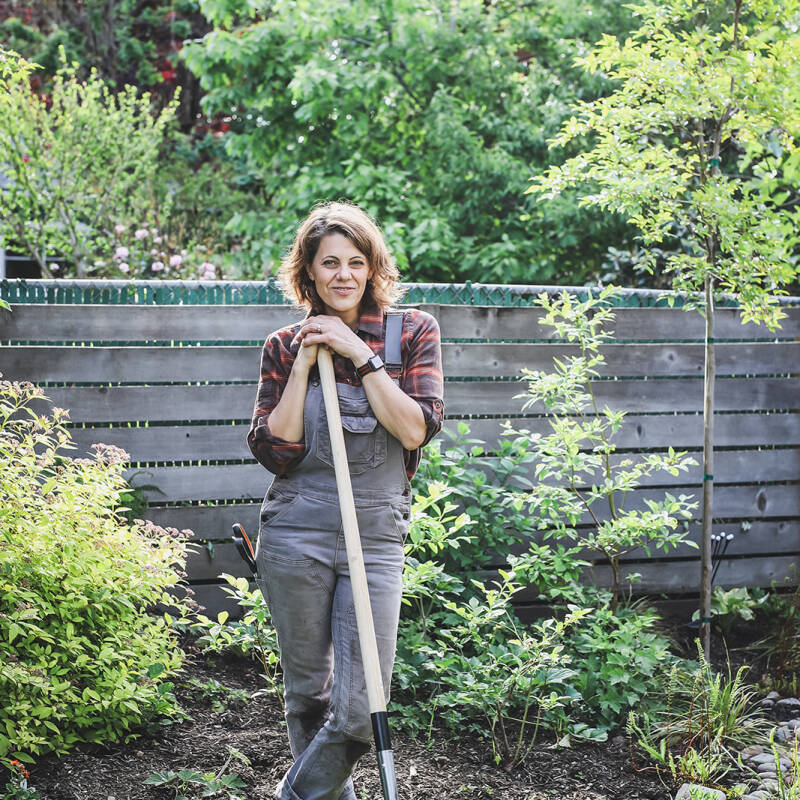One way to get people thinking, when it comes to the environment, is to offer beauty, and this is what Tom Massey and the architect Je Ahn have done on the Water Aid garden at the Chelsea Flower Show. Instead of a 3-dimensional check list reminding you how to be a good citizen, they have made a magical space that also happens to be fully functional on an environmental level. This is the best kind of garden design; it is subtle and inviting.
Rainwater is the theme, and it’s a good one, with many of us experiencing too much, too little or, increasingly, both in any given year. Let’s look at some of the garden’s ideas on rainwater as a resource, rather than just a by-product of weather:
Photography by Jim Powell for Gardenista, unless otherwise noted.
1. Your roof can be a sponge.

The Water Aid garden commands the biggest plot on the show ground, but it also grew considerably when Je Ahn’s water harvesting structure went up, creating an extra planting plane for Tom Massey’s rooftop garden. The structure is huge but graceful, irrigating the plants, filtering rainwater and using gravity to pull it down for storage underground. It also provides permanent shade.
2. Mimic the wider landscape.

Respecting the lay of the land, and exaggerating natural dips and contours by shaping them into swales, gives rainwater somewhere to go. A flattened garden, especially one that is bone dry, is just another hard plane that adds water run-off to all the rest. Run-off leads to overflowing sewage plants, and washes nutrients (and chemicals) off land, polluting rivers. On the other hand, variations in topography bring a variety of moisture levels, and a greater choice of plants.
3. Make a flyover.

Building ponds and improving streams is another way of embracing the fact of rainwater, rather than fretting about fluctuating swamp conditions. Elevate this, and yourself, with a simple means of getting across; via a boardwalk or bridge. Straight lines and right angles flatter wilder planting that loves the conditions.
4. Keep it soggy.

Make sure your storage capacity isn’t full when rain is predicted; use overflow pipes and backup storage, or “leaky” water butts that slowly release water into the ground, since terrain that is not rock hard has better absorbing qualities.
5. Choose trees.

Soil holds storm water more effectively than rivers and streams if it’s in good health and its structure has not been ruined from being over-worked. Trees and shade assist soil, not least in their self-sustaining leaf litter, and they make life tolerable in extreme heat. Choose trees that are oblivious to pollution, or being submerged in floodwaters that can take months to recede, or being thoroughly dried out—or a combination of these.
6. See your plants as drains.

Plants slow rainwater down, aided by a diversity of root profiles underground and different kinds of biomass above. Give drought-tolerant plants good drainage at the top of a site, and don’t stint with aquatic or marginal plants at the bottom. It’s the acceptance of new and changing conditions that makes future-gardening enjoyable, and lovely to look at.

See also:
- The Maestro’s Return: Tom Stuart-Smith at the Chelsea Flower Show
- Chelsea Flower Show 2023: 8 Ideas to Steal From This Year’s Gardens
- Sarah Price Uses a Painterly Palette in Her Dreamscape of a Garden









Have a Question or Comment About This Post?
Join the conversation